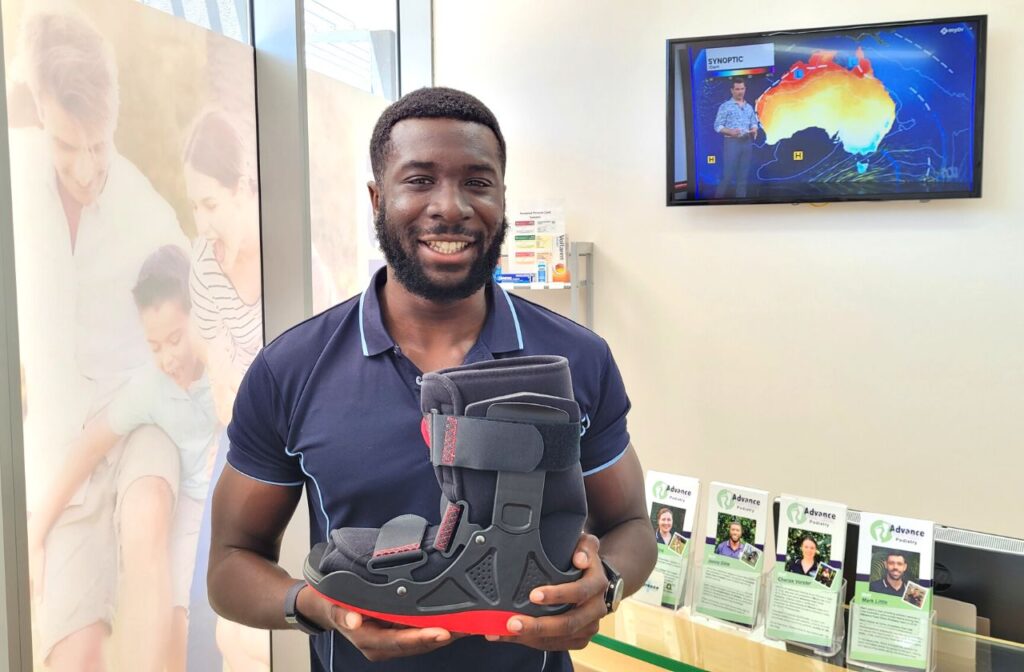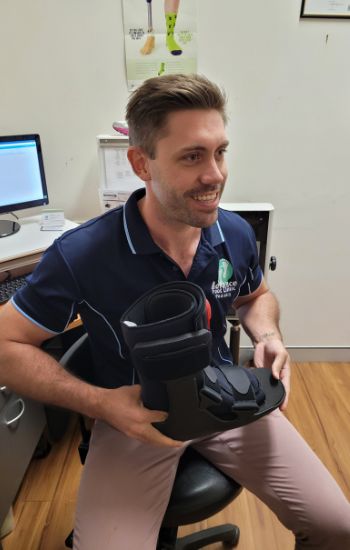As podiatrists we know that using the right tool for the right problem is so important which is why having access to moon boots is so important for us. These specialised orthopaedic devices are designed to support, protect, and facilitate healing. In this blog post, we’ll delve into Moon Boots from a podiatrist’s perspective, exploring the applications, fitting process, benefits and answer some common questions.
What are Moon Boots?
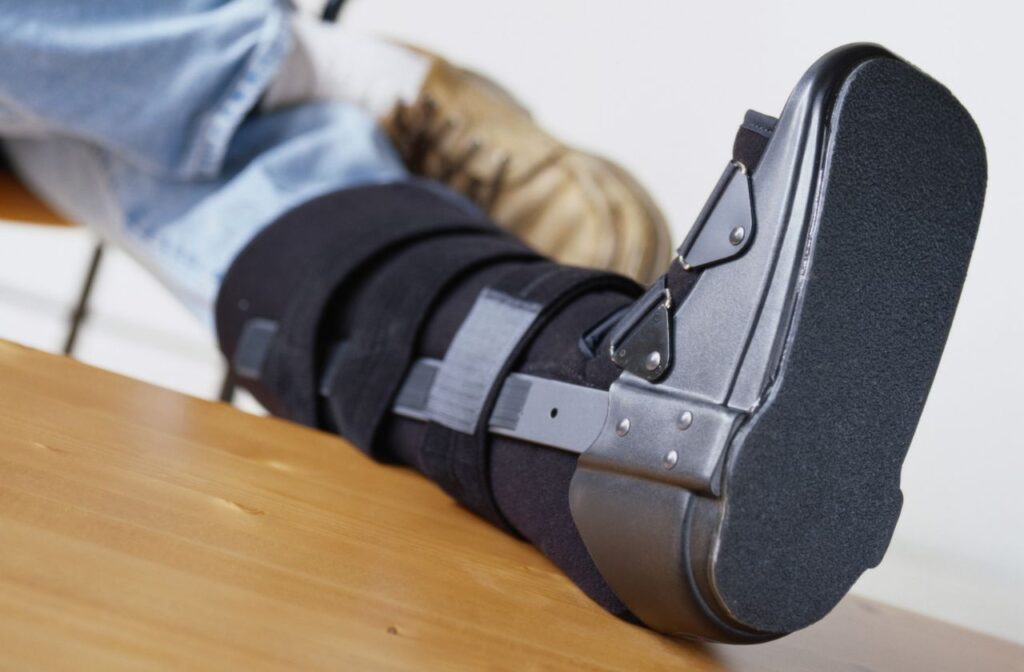
Moon Boots, also known as CAM-walkers, surgical boots or medical boots, are orthopaedic devices that stabilise and protect the foot and ankle. These boots are often prescribed after injuries or surgeries to ensure proper healing. They are designed to immobilise the foot and ankle while allowing patients to remain mobile, reducing the risk of further injury.
How do Moon Boots work?
The boots work by providing support and stabilisation to the foot and ankle, held in a fixed position, which is crucial during the healing process. They limit the range of motion, which helps in reducing pain and preventing further damage to the injured area. The boots are adjustable, ensuring a custom fit that provides optimal support.
Moreover, CAM-walker boots are designed to distribute weight evenly across the foot, reducing pressure on specific areas and aiding in pain relief. This even weight distribution is especially beneficial for conditions that involve fractures or severe sprains. The complete pressure offloading capabilities of the boot is also very helpful for more mild injuries which are not healing with regular conservative treatment.
Top 6 Conditions Treated with Moon Boots
1. Fractures
A most boot is most commonly prescribed for fractures of the foot or ankle. They immobilise the injured area, allowing bones to heal properly while enabling patients to remain mobile. Moon Boots are used as an alternative to a full cast.
2. Severe Sprains (Grade 2 or 3)

For severe ankle sprains, Moon Boots provide the necessary support and stabilisation, reducing pain and preventing further injury.
3. Post-surgical recovery
After foot or ankle surgery, a boot helps protect the surgical site, support the foot, and facilitate a smooth recovery process.
4. Tendon injuries
They can be used to treat tendonitis, tendinopathy, and other tendon injuries by immobilising the affected area, reducing strain on the tendon, and promoting healing.
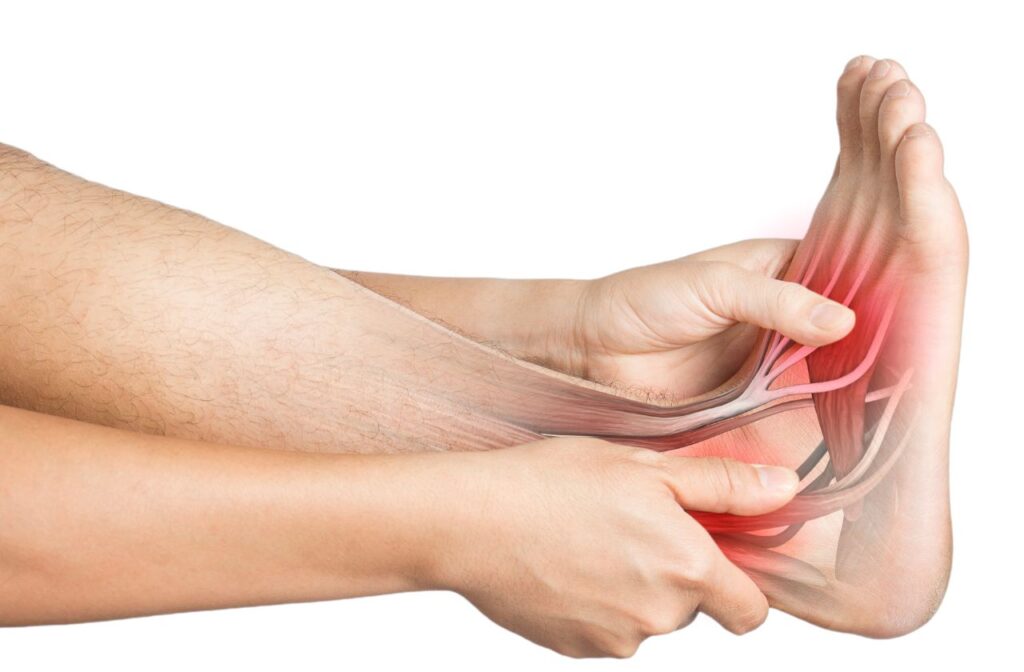
5. Plantar Fasciitis
A specific problem helped is chronic plantar fasciitis, also known as plantar fasciopathy, or plantar fascia tears. Moon Boots can alleviate the pressure on the plantar fascia, allowing it to heal more efficiently by stabilising the foot and reducing tension. They are usually used when tears of the plantar fascia are involved.
6. Diabetic Foot Ulcers

For diabetic patients with foot ulcers, the boot offers a controlled environment that reduces the risk of infection and promotes healing by alleviating pressure on the ulcerated area.
Benefits of Using Moon Boots
- Improved Mobility: Unlike traditional casts, the boots allow for a degree of mobility, making it easier for patients to go about their daily activities.
- Adjustability: The adjustable straps ensure a secure fit, enhancing comfort and effectiveness.
- Non-Invasive: When used correctly, they provide a non-invasive treatment option that supports healing without the need for surgical intervention in some cases.
- Pain Relief: By immobilising the affected area, they help reduce pain and inflammation.
Q&A: Common Questions About Moon Boots
Q: How long do I need to wear a boot for?

A: The duration of wearing a CAM-walker boot varies depending on the condition being treated. The individual’s healing process also plays a part. Typically, they are worn for several weeks to a few months.
Q: How do I care for my Moon Boot?
A: It’s important to keep your boot clean and dry. Follow your podiatrist’s instructions regarding any padding adjustments and ensure the boot is properly secured at all times. Interior padding can be removed and washed gently.
Q: Are Moon Boots comfortable?
A: Moon Boots are designed to be as comfortable as possible but some patients may initially find them cumbersome. Over time, most individuals adjust to wearing them. Proper fitting and adjustments by your podiatrist can enhance comfort.
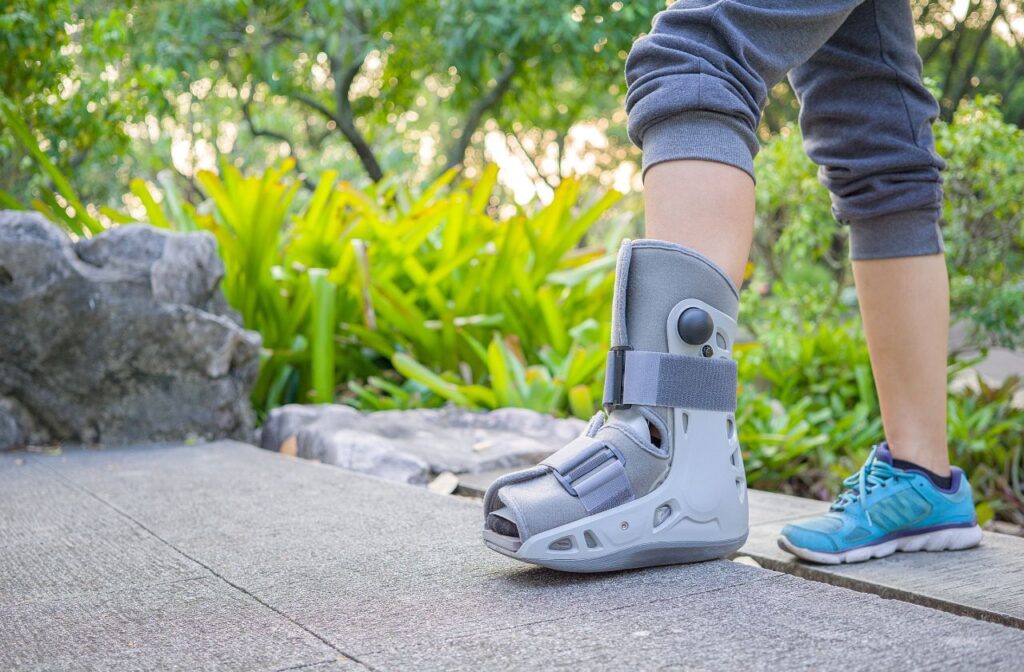
Q: Can I walk normally in a Moon Boot?
A: The boots are designed to allow walking however your gait may be slightly altered due to the immobilisation. Follow your podiatrist’s guidance on weight-bearing and mobility while wearing the boot. It is particularly important to wear a taller shoe or heel raiser for the opposing foot to avoid knee and hip issues. This is why the boot needs to be fit by a trained podiatrist.
Q: What are the differences between Moon Boots and traditional casts?
A: Moon Boots offer greater mobility, adjustability, and comfort compared to traditional casts. They allow patients to remove the boot for hygiene purposes and to adjust the fit, which is not possible with a traditional cast.
Moon Boots at Advance Foot Clinic
At Advance Foot Clinic, we stock Moon Boots of various sizes in all of our five clinics around Brisbane and Mount Isa. Moon Boots offer a non-invasive, supportive approach to addressing foot injuries and promoting healing.
Whether you’re recovering from a fracture, severe sprain, surgery, tendon injury, plantar fasciitis, or diabetic foot ulcers, Moon Boots could help you recover and our podiatrists can help you get one.
